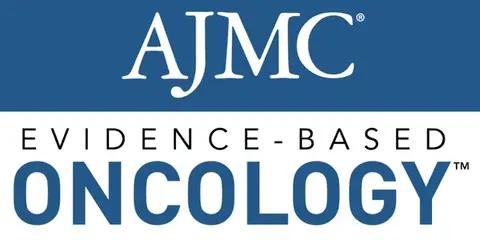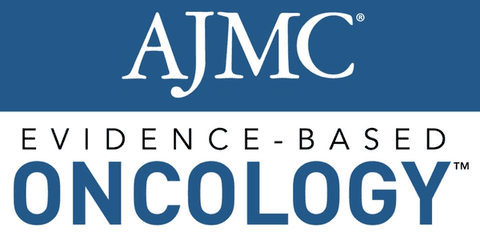Article
Radiologists Should Inform Patients When BAC Is Detected at Mammography
Author(s):
Researchers recently reported findings from a study designed to determine patient attitudes about mammographic reporting of breast arterial calcification (BAC), result of the BAC communication, and subsequent action.
Researchers recently reported findings from a study designed to determine patient attitudes about mammographic reporting of breast arterial calcification (BAC), result of BAC communication, and subsequent action.
The results, published in the American Journal of Roentgenology, found that patients undergoing mammography preferred to be informed about BAC. The authors surveyed more than 400 patients who presented for screening or diagnostic mammography in November 2016. In total, more than 95% (n = 363/379) of patients said that they prefer to have BAC reported, as it can be a sign of cardiovascular disease. Additionally, patients that were unaware of their personal history of heart disease (n = 107) wanted to be notified about BAC.
“It has been suggested that BAC be reported as part of routine mammography reports. Patients and referring physicians could use the information as part of shared decision making regarding cardiac evaluation with the ultimate goal of maximizing the benefit of preventative cardiology strategies,” said lead author Laurie R. Margolies, MD, department of radiology at Icahn School of Medicine.
Of the patients who chose an action option, 87.4% (n = 181/207) indicated that they would undergo coronary artery computed tomography scan before making a decision. Further, the authors noted that age, level of education, and race were not associated with patients’ attitudes toward BAC.
The researchers explained that the current state of BAC reporting echoes similarities to breast density reporting prior to 2009. Both breast density and BAC suggest a possible risk of disease.
“Reporting BAC as standard practice can uniquely promote prevention, diagnosis, and treatment of cardiovascular disease in women, which is the main cause of death among women in the United States. Breast radiologists are in a strong position to identify BAC, notify patients of its presence, and help women with BAC reach preventive cardiologists,” wrote the authors.
Overall, the study found that just as patients wanted to have more information about breast density, women want to know more about information found in a mammogram that may affect their health.
Reference
Margolies L, Yip R, Hwang E, et al. Breast arterial calcification in the mammogram report: the patient perspective [published online October 24, 2018]. Am J Roentgenol. doi: 10.2214/AJR.18.20171.





